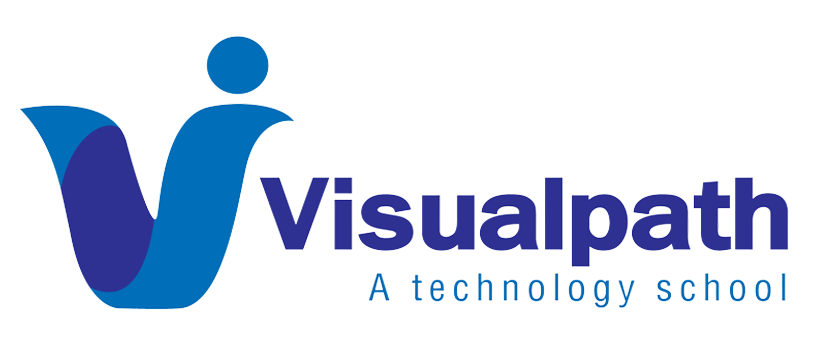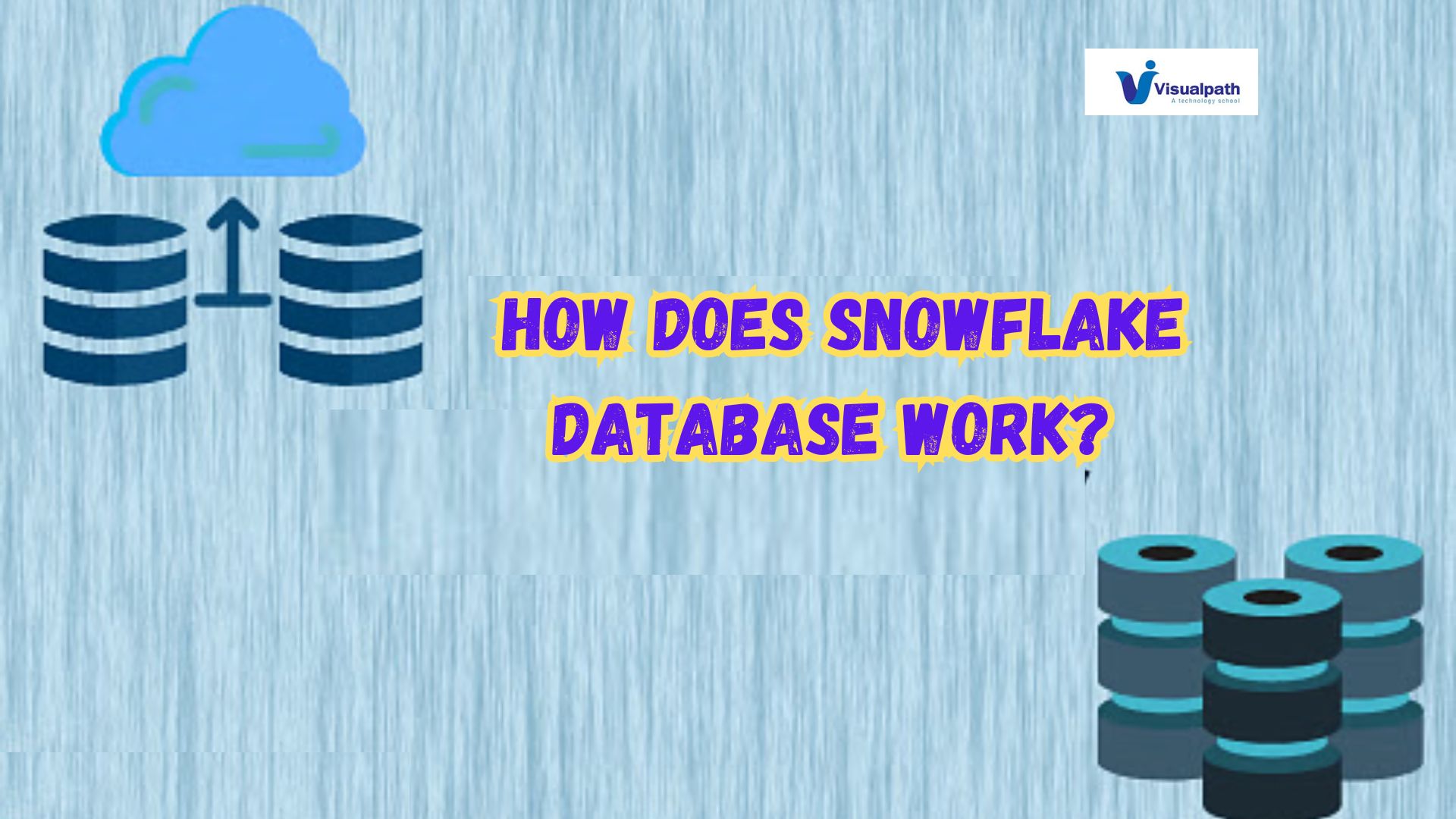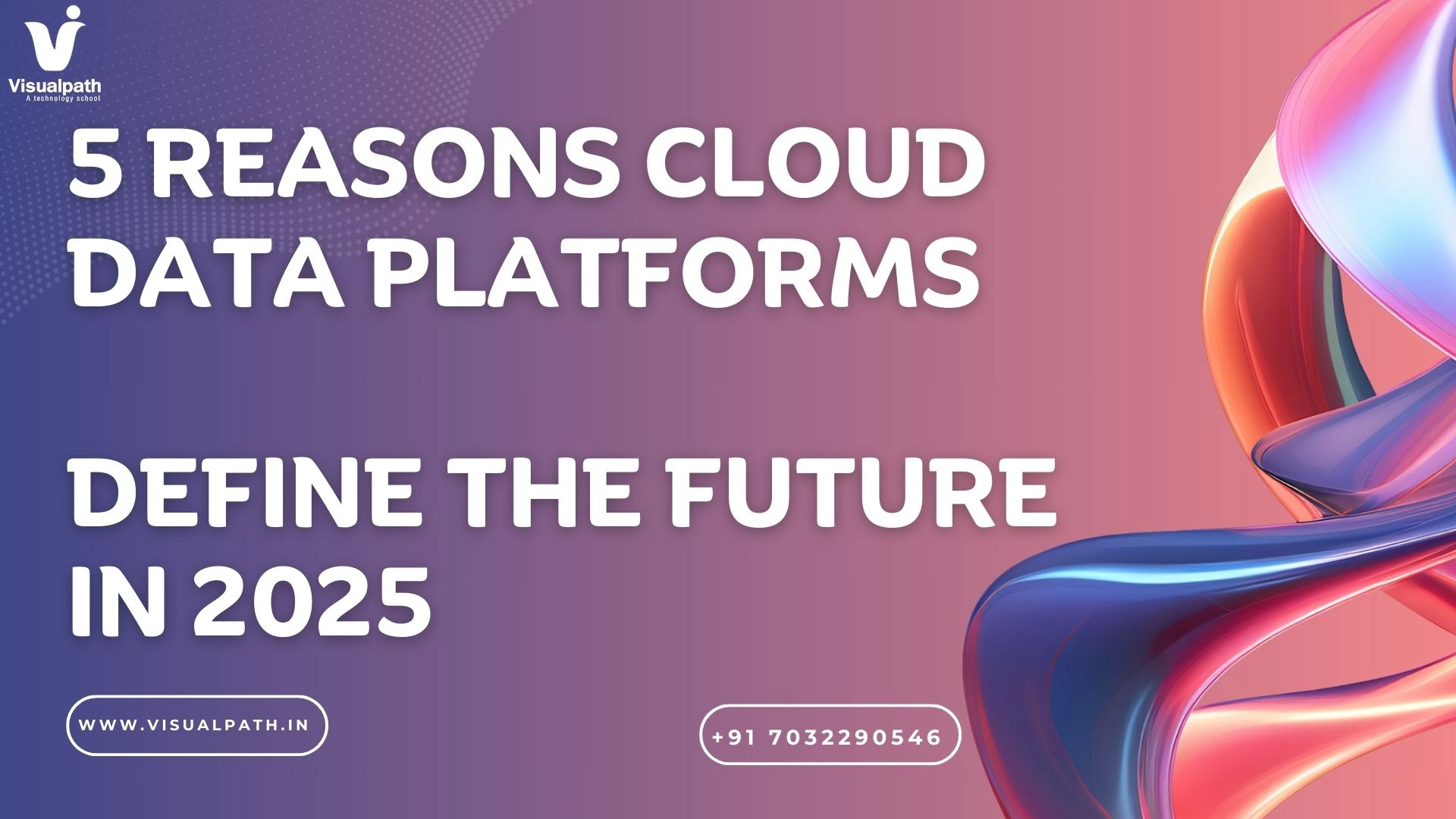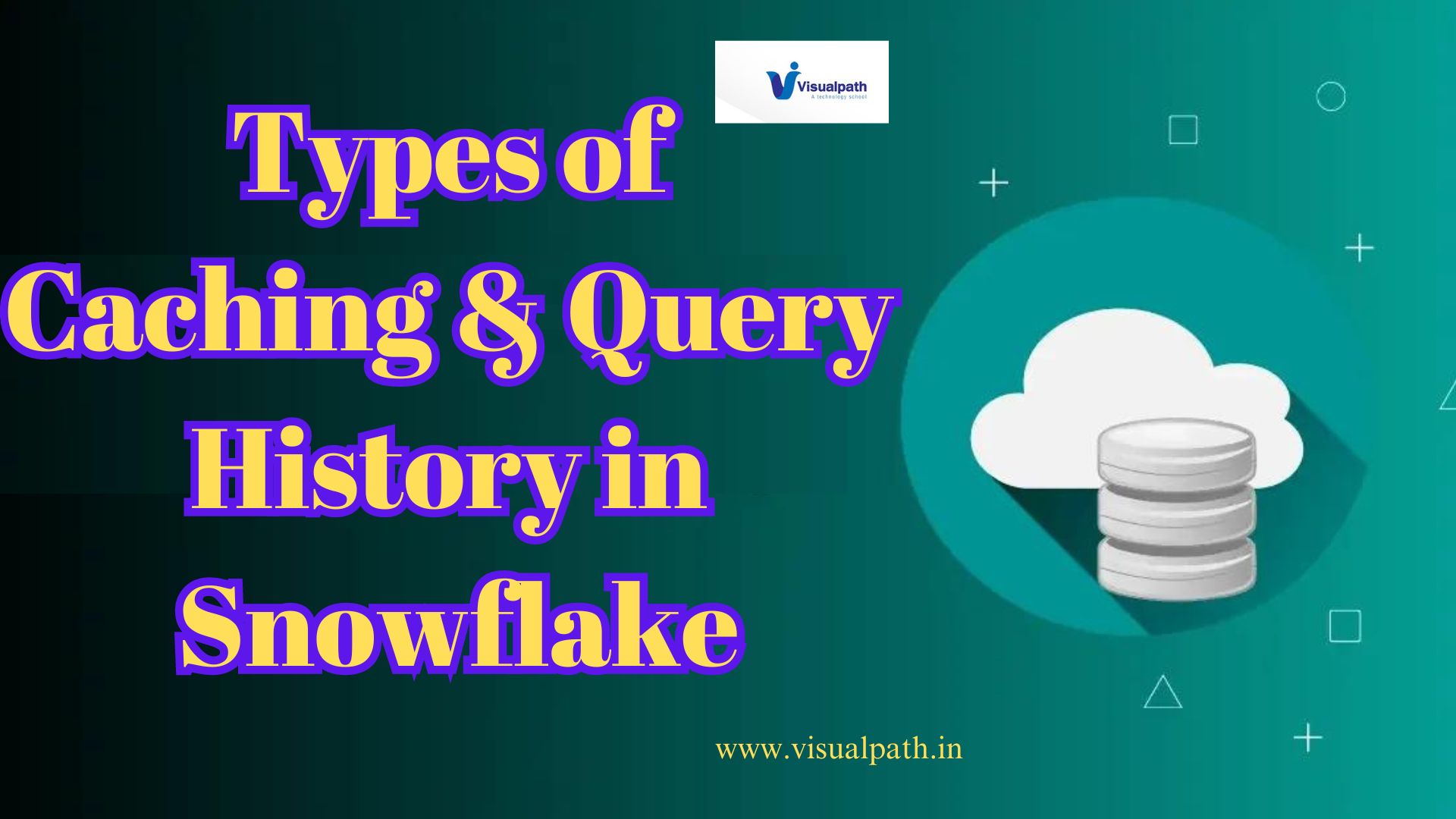Snowflake Online Training Course building on Snowflake is a dream for developers today. Recent updates have made the platform even more powerful. In 2025, Snowflake added features that speed workflows and boost productivity. This article explores why developers love the experience.
Building on Snowflake: A Modern Developer Journey
Snowflake launched in 2012. It changed data warehousing forever. Today, developers enjoy using Snowpark. This lets them code in Java, Scala, and Python inside Snowflake itself. It means no more context-switching. Developers stay in one environment.
The 2025 Summit unveiled big wins. Generation 2 Warehouses run analytics 2.1× faster. Adaptive Compute now automates resource sizing. Developers no longer worry about tuning clusters. They focus on writing code.
Building on Snowflake: AI‑Powered Innovation
Snowflake Summit 2025 spotlighted AI tools. Snowflake Intelligence (in preview) lets you talk to data securely A SQL‑powered agent answers questions and traces how it got its data. It even suggests next steps. Developers can embed intelligence into apps effortlessly.
Cortex agents and AISQL also surfaced. AISQL lets you analyze text and images using SQL. Developers no longer need separate AI tools. They keep working in SQL. Overall, AI integration boosts productivity and innovation.
Building on Snowflake: Data Interoperability Made Easy
Snowflake Openflow launched at Summit. It connects with any data source via Apache NiFi™. Ingesting streaming data at 10 GB/s is now possible. Data engineers benefit. But developers do too. They build pipelines inside Snowflake without external tools Snowflake Training.
Universal Search previews lets Snowflake query external PostgreSQL and MySQL data. And Horizon Catalog’s Copilot guides governance tasks with AI. All this ensures developers can manage complex data without leaving the platform.
Building on Snowflake: Developer‑Friendly Enhancements
Snowflake made SQL friendlier. Now it supports spread operators and higher-order function. JSON and nested data are easier to handle. Error messages now include context for DML errors. That saves debugging time and helps developers focus on features, not fixing code.
Tasks now run every 10 seconds, not just once a minute. This enables low‑latency workflows. And multi‑cluster warehouses now scale to 300 nodes Heavy parallel jobs—like ML training—run faster. Developers can ask for more power when they need it.
Building on Snowflake: PostgreSQL and Crunchy Data Add‑On
In June 2025, Snowflake announced acquiring Crunchy Data for $250 million. This brings native Postgres support as “Snowflake Postgres.” Developers comfortable in Postgres can now work directly in Snowflake. This simplifies app migration and streamlines AI agent development.
The move positions Snowflake to rival Databricks, which bought Neon for $1 billion. Both aim to win users who build AI agents on enterprise data. Snowflake’s Crunchy Data team joins right into this new Postgres‑friendly world Snowflake Training.
Building on Snowflake: Global Reach and Talent Expansion
Snowflake also announced plans for an R&D centre in India. This aims to grow its AI scale and tap into Indian engineering talent. For developers in the region, this means stronger local support, more open-source contributions, and improved documentation.
Developer communities are growing too. Summit drew over 5,000 attendees. People came to learn, network, and share code and data solutions. That enriches the ecosystem and helps developers collaborate.
Building on Snowflake: Strong Ecosystem and Marketplace
Snowflake Marketplace now includes agentic native apps. More than 3,000 catalog items are accessible. Snowflake Online Training Course Developers can install AI apps or get data with one click. Everything integrates with Cortex and Snowflake Intelligence.
Semantic models are now shareable. That cuts redundant work. Developers can reuse data templates and agents. This speeds up development and encourages best‑practice reuse.
Timeline of Key Updates (2025)
In April 2025, Snowflake added streaming support, DML improvements, and task intervals
Early June unveiled Summit announcements: Gen 2 Warehouses, Adaptive Compute, Openflow, AISQL, and Crunchy Data acquisition
By late June, Snowflake’s India R&D plan was public
Why Developers Truly Love It
Developers enjoy building on Snowflake because it offers unified workflows. They no longer juggle code, data, ops, and AI tools. Everything sits in one secure, governed platform. They write SQL, manage streams, build AI agents, and connect to global data—all in one place.
Performance is stellar. Scaling compute clusters, reducing latency, and optimizing with Gen 2 Warehouses saves time. AI integration means less glue code and faster feature delivery. Plus, native Postgres support empowers a new legion of developers.
The Snowflake ecosystem is vibrant. Marketplace apps, open‑source tools, agent frameworks, and community knowledge create a supportive environment. And global R&D strengthens talent and documentation.
Snowflake’s roadmap keeps targeting developer needs. In 2025 alone, over 20 developer‑friendly features and agentic innovations shipped. This trend shows no signs of slowing.
Conclusion
Building on Snowflake is a smart choice. Developers get powerful tools, speed, AI, and stability. They can build data‑driven apps faster, they stay in one environment, they tap into a global ecosystem. As Snowflake continues to evolve, developers gain even more.
For anyone building data solutions in 2025 and beyond, Snowflake offers the future today.
Trending Courses: Dynamics 365 Supply Chain Management, Sailpoint Identityiq, Microsoft Dynamics Ax technical
Visualpath is the Leading and Best Institute for learning in Hyderabad. We provide Snowflake Online Training. You will get the best course at an affordable cost.
For more Details Contact +91 7032290546




